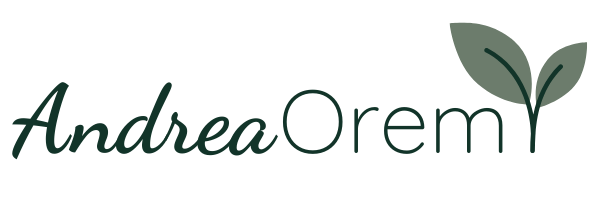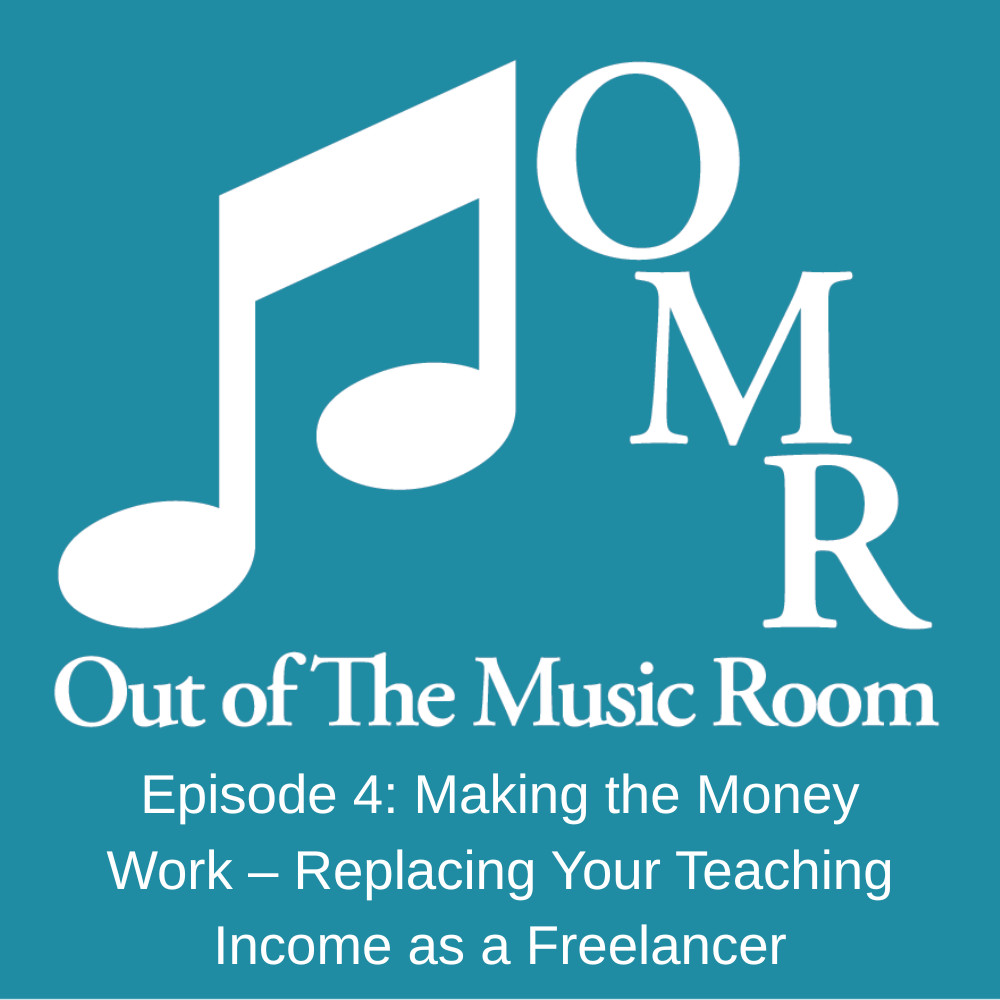
Anti-Inflammatory Foods for TMJ Relief
- Omega-3 Rich Fish: Salmon, sardines, and mackerel are excellent sources of omega-3 fatty acids, which have powerful anti-inflammatory properties. Include these fish in your diet at least twice a week.
- Leafy Greens: Spinach, kale, and collard greens are packed with antioxidants and nutrients that combat inflammation.
- Berries: Blueberries, strawberries, and raspberries are rich in antioxidants and can help reduce inflammation throughout the body.
- Turmeric: This golden spice contains curcumin, a compound known for its potent anti-inflammatory effects. Add turmeric to soups, smoothies, or tea.
- Ginger: Like turmeric, ginger has natural anti-inflammatory properties. Incorporate fresh ginger into your cooking or enjoy it as a tea.
- Whole Grains: Choose whole grains like quinoa, brown rice, and oats, which are rich in fiber and can help reduce inflammation.
- Nuts and Seeds: Walnuts, almonds, chia seeds, and flaxseeds are excellent sources of omega-3 fatty acids and other anti-inflammatory compounds.
Ningxia Red for TMJ Relief
Foods to Avoid
- Processed Foods: These often contain additives and preservatives that can trigger inflammation.
- Sugary Foods and Beverages: Excess sugar consumption can lead to increased inflammation in the body.
- Fried Foods: These are often high in unhealthy fats that can promote inflammation.
- Alcohol: Excessive alcohol consumption can increase inflammation throughout the body.
Soft Food Options for TMJ Flare-Ups
- Smoothies: Blend fruits, vegetables, and yogurt for a nutrient-rich, easy-to-consume meal.
- Soups: Opt for pureed soups that are both nourishing and easy on your jaw.
- Mashed Potatoes: A comforting and soft option that can be easily customized with healthy additions like olive oil or Greek yogurt.
- Scrambled Eggs: Rich in protein and easy to eat, scrambled eggs are an excellent choice during TMJ flare-ups.
- Cottage Cheese: This soft, protein-rich food can be paired with fruit for a balanced meal.

Are you someone who thinks classical music is not your cup of tea? As a music teacher and a mama, I encourage you to give those beautiful symphonies and concertos another chance. Here are 10 tips that may help you change your perspective on classical music.
1. Start with Familiar Pieces
2. Listen Actively
3. Explore Different Composers
4. Use Online Resources
5. Attend Live Performances

6. Listen Repeatedly
7. Learn About the Music
8. Find Your Angle of Hearing
9. Engage Through Multiple Mediums
10. Be Patient and Open-Minded

Staying Healthy at the Start of the School Year
Personalized Frequency Benefits for Educators
- Morning Energy Boost: Use the "System Boost" frequency before school to increase alertness and productivity.
- Lunchtime Relaxation: Apply the "Relaxation" frequency during breaks to reset and recharge.
- After-School Stress Relief: Utilize the "Stress" frequency to unwind after a long day of teaching.
- Evening Wind-Down: Employ the "Better Sleep" frequency to improve sleep quality and prepare for the next day.
User-Friendly Design for Busy Teachers
Enhancing Mental and Emotional Well-Being
- Pre-Meeting Calm: Use the "Mental Clarity" frequency before parent-teacher conferences or staff meetings.
- Emotional Balance: Apply the "Emotions" frequency when dealing with challenging student behaviors.
- Focus Enhancement: Utilize the "Improved Focus" setting while creating lesson plans or grading assignments.
Cost-Effective Solution for Educators
Practical Integration into Teaching Routines
- Classroom Management: Use the "Balance" frequency to maintain composure during hectic classroom moments.
- Professional Development: Apply the "Mental Clarity" setting during workshops or training sessions to enhance learning and retention.
- Collaborative Planning: Utilize the "Improved Focus" frequency during team meetings to boost productivity and creativity.
- Self-Care Breaks: Employ the "Relaxation" or "Detox" frequencies during short breaks between classes to rejuvenate quickly.
Supporting Physical Health
- Voice Strain Relief: Use the device's frequencies to support vocal cord recovery after long periods of speaking.
- Posture Improvement: Apply specific frequencies to alleviate discomfort from prolonged standing or sitting.
- Immune System Support: Utilize the "System Boost" frequency to help maintain overall health during cold and flu season.

A Visual Masterpiece
A Journey Through God's Grand Rescue Story
- Creation: This section lays the foundation of the biblical narrative, exploring God's intentional design in creating the world and humanity. It emphasizes the beauty and goodness of creation, inviting families to reflect on their role as stewards of God's handiwork.
- Rebellion: Here, the hymnal delves into humanity's choice to turn away from God, introducing themes of sin and brokenness. This movement serves as a poignant reminder of the consequences of rebellion against God's will, fostering discussions about personal accountability and the need for redemption.
- Redemption: This pivotal section focuses on God's response to humanity's rebellion through Jesus Christ. It highlights key events such as the Incarnation, Crucifixion, and Resurrection, emphasizing the depth of God's love and grace. Families are encouraged to celebrate this central truth of Christianity, reinforcing the hope found in Christ.
- Already and Not Yet: This movement addresses the tension between Christ's first coming and His promised return. It invites families to live in light of this reality, understanding that while salvation has been secured, we still await complete restoration. This theme encourages active participation in God's kingdom work today.
- Restoration: The final section paints a picture of hope, focusing on God's ultimate plan to restore all things. It emphasizes themes of renewal, reconciliation, and eternal life, inspiring families to look forward to the fulfillment of God's promises. This hopeful conclusion encourages believers to live with purpose and anticipation.
Rich Musical Heritage
Family-Friendly Features
- Child-friendly notes on scriptural themes and theological concepts help parents engage their children in meaningful discussions about their faith.
- Ideas for living out the faith, including suggested activities and discussion questions that encourage families to apply the hymns' messages in their daily lives.
- A three-year plan for family or personal worship structured around the movements of the gospel story: Creation, Rebellion, Redemption, Already and Not Yet, and Restoration.
Enhancing Congregational Worship
An Investment in Faith Formation

1. A Jesus Christmas by Barbara Rainey
- A relatable scripture passage
- Thought-provoking questions to spark family discussions
- Space for journaling or drawing, making it interactive for kids of all ages
2. Wonders of His Love: Finding Jesus in Isaiah Family Advent Devotional by Champ Thornton
- Light
- Branch
- Shepherd
- Savior
3. Christ-Centered Advent Activities
- Creative crafts that bring Bible stories to life
- Daily scripture readings to keep your family grounded in God's Word
- Family games or activities that create lasting memories
4. Daily Grace Co Advent Studies
- Thoughtfully designed journals or guides
- Daily scripture readings and reflections
- Practical applications for real-life situations
5. Gentle + Classical Advent Curriculum
BONUS! The Gospel Story Hymnal
- Bright illustrations that engage young readers
- Child-friendly notes on scriptural themes and theological concepts
- A three-year plan for family or personal worship

The Benefits of Music for Young Children
1. Curate a Family Morning Playlist
2. Use Music as Transition Cues
3. Incorporate Educational Songs
4. Encourage Sing-Alongs and Dance Parties
5. Start with Calming Music

The Power of Music in Managing Tantrums
Top Songs for Calming Tantrums
- "Twinkle Twinkle Little Star"
- "What a Wonderful World" by Louis Armstrong
- "I Want to Hold Your Hand" by The Beatles
- "Somewhere Over the Rainbow" by Israel Kamakawiwo'ole
- "Canon in D" by Pachelbel
But the most important part of picking a song isn't the song -- it is YOU. Can you sing the song soothingly? Can you access it to play easily? Songs that you know and can sing to create relational bonding with your child and help co-regulate with them to calm are going to be the most effective.
How to Use Music Effectively
- Immediate Response: Sing a fun, upbeat song that your child loves when you notice signs of an impending tantrum.
- During Meltdowns: If your child is already upset, sing softly and rock them or hold them (if they will allow) to create a calming environment.
- Routine Integration: Incorporate music into daily routines to help your child feel more secure and reduce resistance to transitions, which are often the source of tantrums. If you recognize a trigger event or time of day for your child to have a tantrum, how can you creatively incorporate music to help them cooperate, calm, or experience that part of day more easily?
Additional Strategies for Tantrum Management

Singing and Vocalizing
Gentle Movement to Music
Exploring Instruments
Listening Sessions
Interactive Songs
Humming
Baby Babble Engagement
Dancing and Movement

The Importance of Warming Up
Protecting Vocal Health
Enhancing Vocal Performance
Building Vocal Awareness
Benefits of Warming Up
Improved Breath Control
Increased Range and Flexibility
Confidence
Practical Tips for Parents
Create a Routine
Use Fun Exercises
Model Good Habits
Seek Professional Guidance

Why is Warming Up Your Voice Important?
- Protect Your Voice: Warming up helps prevent strain on your vocal cords, keeping your voice healthy and strong.
- Improve Your Singing: A good warm-up routine can help you hit higher notes, sing with more power, and improve your overall sound quality.
- Boost Your Confidence: When your voice is warmed up, you'll feel more comfortable and confident while singing.
- Enhance Your Vocal Range: Regular warm-ups can help expand your vocal range over time.
- Prepare for Performance: Warming up gets your voice ready for singing, just like stretching prepares athletes for sports.
6 Vocal Warm-Up Exercises for Kids
1. Full Body Stretch
2. Big Yawn
3. Siren Sounds
4. Lip Trills
5. Solfege Scale
6. Chocolate Cookie Warm-Up
Chocolate Cookie, Chocolate Cookie, Chocolate Cookie, yum yum yum!
An OREO! A chocolate oreo!
I love the creamy filling of my chocolate oreo!
Tips for Effective Vocal Warm-Ups
- Start with gentle exercises and gradually increase intensity.
- Drink water before and during your warm-up to keep your vocal cords hydrated.
- Listen to your body – if something feels uncomfortable, stop and try a different exercise.
- Be consistent – try to warm up every day, even if it's just for a few minutes.
- Have fun! The more you enjoy your warm-ups, the more likely you are to do them regularly.

1. Sing-Along Sessions: Harmonizing Young Voices
2. Instrument Exploration: A Symphony of Discovery
3. Movement and Dance Activities: Grooving to the Beat
4. Musical Storytime: Tales That Sing
5. Rhythm Games: Keeping the Beat
6. Music and Art Integration: A Canvas of Sounds
7. Karaoke Fun: Spotlight on Confidence
8. Music and Movement Circle Time: Learning in the Round











